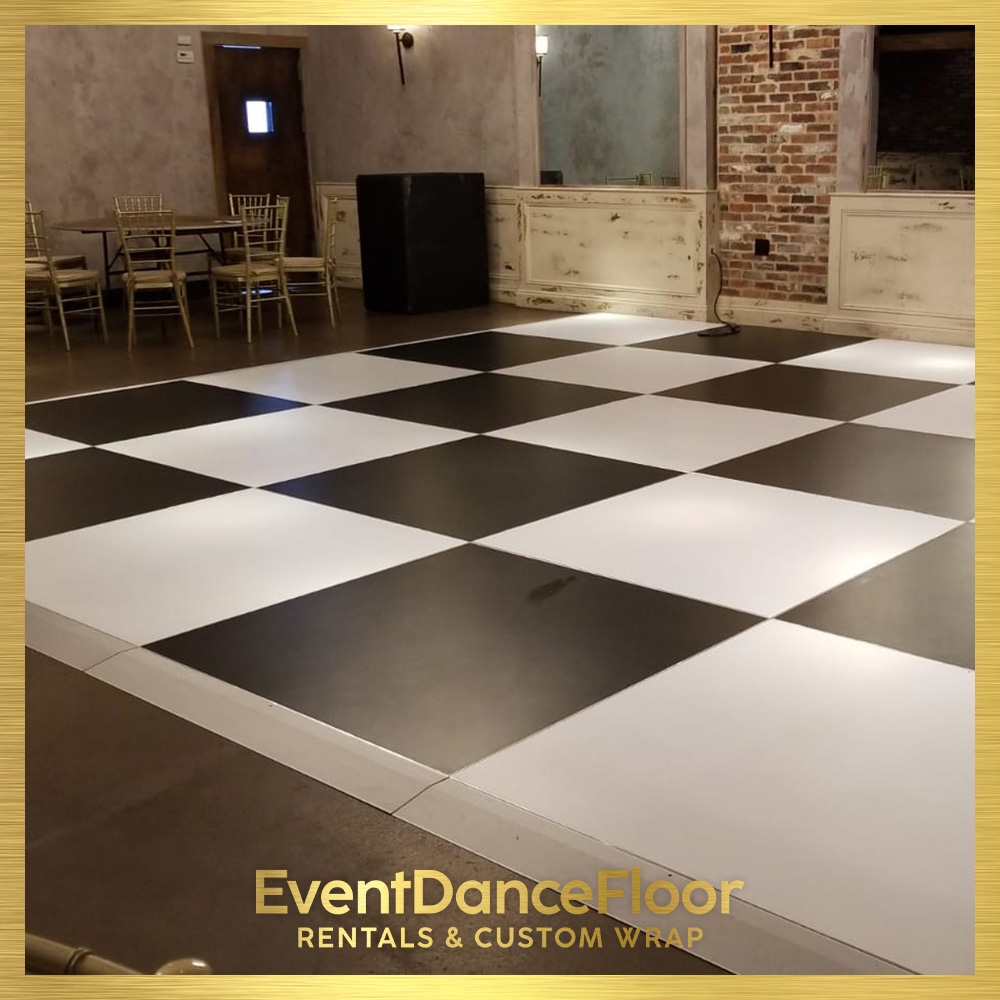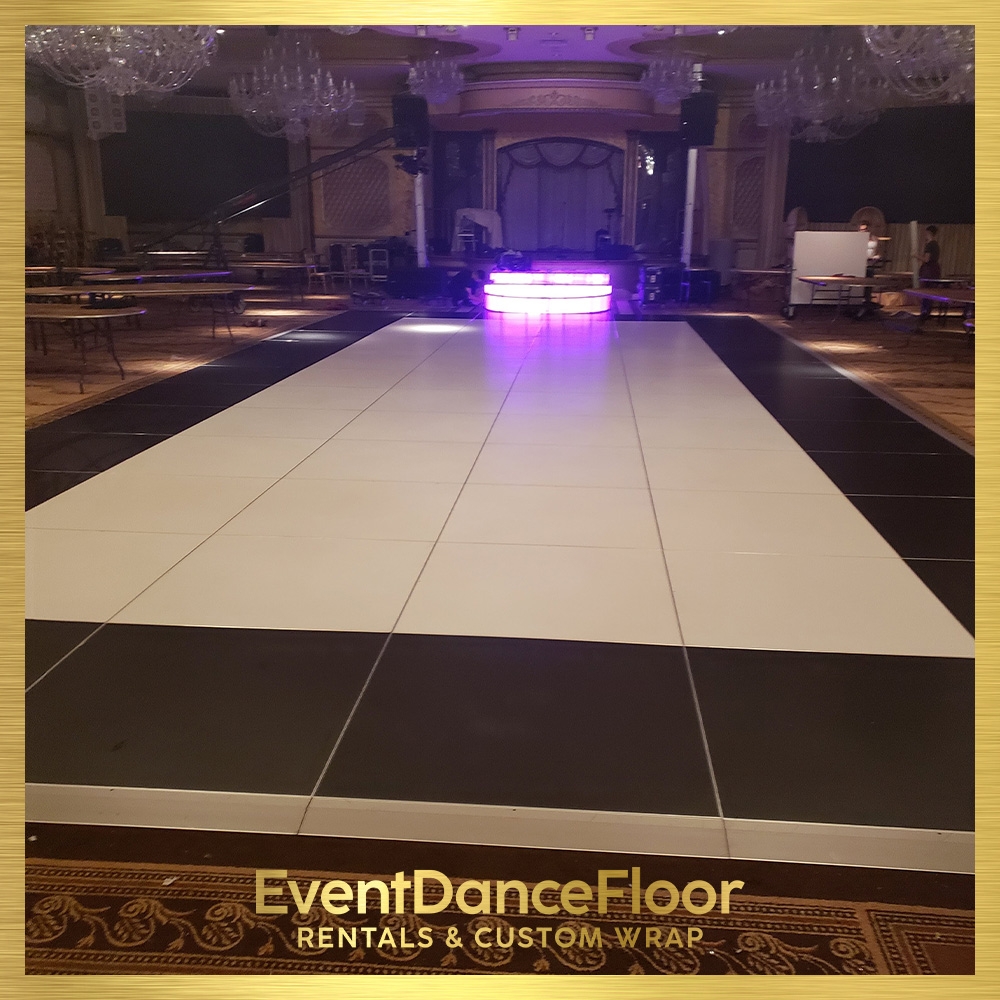Modular Dance Floor Design Systems
How do modular dance floor design systems accommodate different types of dance styles?
Modular dance floor design systems are specifically engineered to accommodate different types of dance styles by offering customizable configurations. These systems can be easily assembled and disassembled to create various layouts suitable for ballet, hip-hop, tap, or any other dance style. The flexibility of modular dance floors allows dancers to have the appropriate surface for their specific needs, whether it be a smooth surface for ballet or a more shock-absorbent one for hip-hop.
Dance Floor Technology and Innovation




